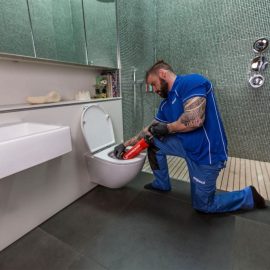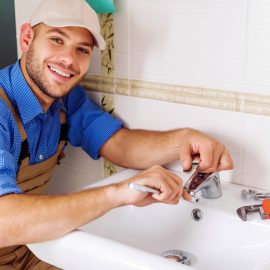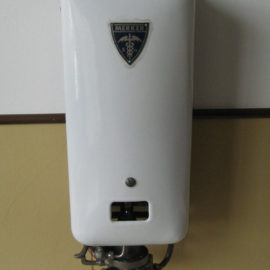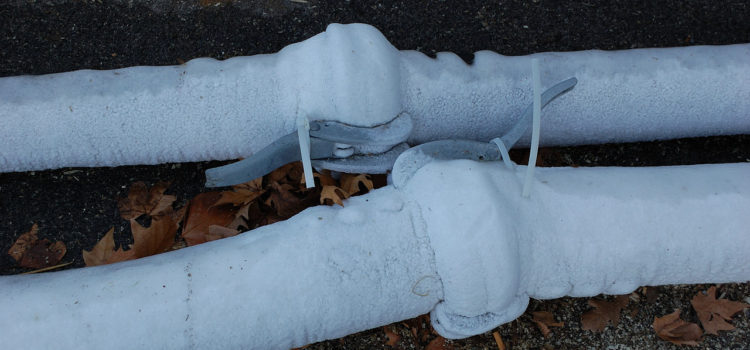
As fall gives way to the cold temperatures of winter, it’s time to focus important parts of the household that we usually just take for granted until it’s too late: the plumbing and heating.
One of these two systems failing is bad enough, but did you know that the potential for both failing one after the other is higher in winter? If your heating gives out, your plumbing is sure to follow.
Not many people understand the connection between these two and at any other time of the year, they wouldn’t impact one another in any significant way. However, because of what cold weather can do to pipes in the home, the heating becomes that much more important in winter. Here are some things you should know regarding your heating and plumbing.
When it comes to cold winter weather, the decrease in temperature can wreak havoc on your plumbing. The lower the temperature drops, the more potential problems that you can encounter. You run the risk of a pipe burst due to the water inside freezing. This is a common problem in areas where temperatures drop drastically overnight.
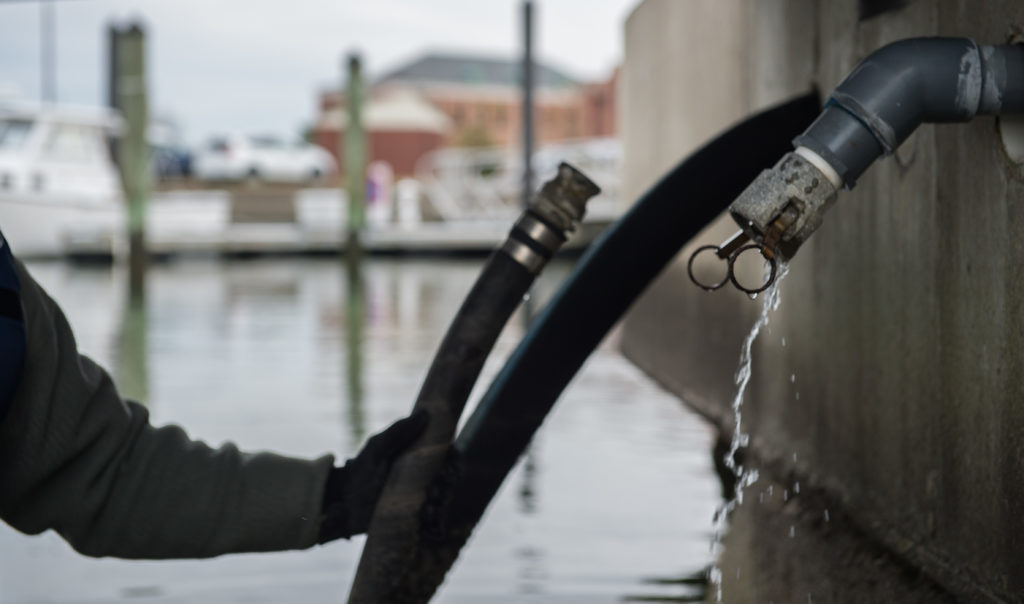
What are some potential problems?
When the temperatures dip below freezing, you may find occasional complications with your plumbing ranging from mild clogs all the way to bursting pipes. Some symptoms you may experience include:
Freezing/bursting pipes: This situation is one of the most common (and extreme) problems we deal with in the winter. When pipes are exposed to subfreezing temperatures, the water inside them freezes, expanding inside the pipes and sometimes rupturing them. When the pipes thaw, the additional pressure of the melting water may cause the pipes to burst.
Clogged drains: You should never pour liquid grease or oil down the drain because they can turn solid as they cool, lining the drains and eventually clogging them. This dynamic happens more frequently in the cooler months as the pipes themselves cause the grease to solidify more quickly.
Clogged vent pipes: Your plumbing also contains vent pipes that allow for the release of sewer gases while also letting in fresh air. Sometimes in the winter, snow and ice can collect inside these vent pipes and obstruct them. When this happens, you may observe symptoms like gurgling toilets, sewer smells and slow drains.
Luckily, there are a few things that can help homeowners avoid this problem that doesn’t involve a heater.
For instance:
- Letting water run out of the pipe can keep it moving, making it more difficult for it to freeze over. Allow your outdoor faucets to drip slightly.
- Repair any breaks or holes in the pipes to help ensure the cold temperatures don’t reach the water inside, causing it to freeze.
- Insulate pipes around the water heater and in areas where they may be exposed to the weather. The insulation can protect it from the elements.
While these are helpful tips to keep the pipes from freezing, there may be some areas in the home that can still be affected. That can be fixed, however, as long as your heater is working correctly.
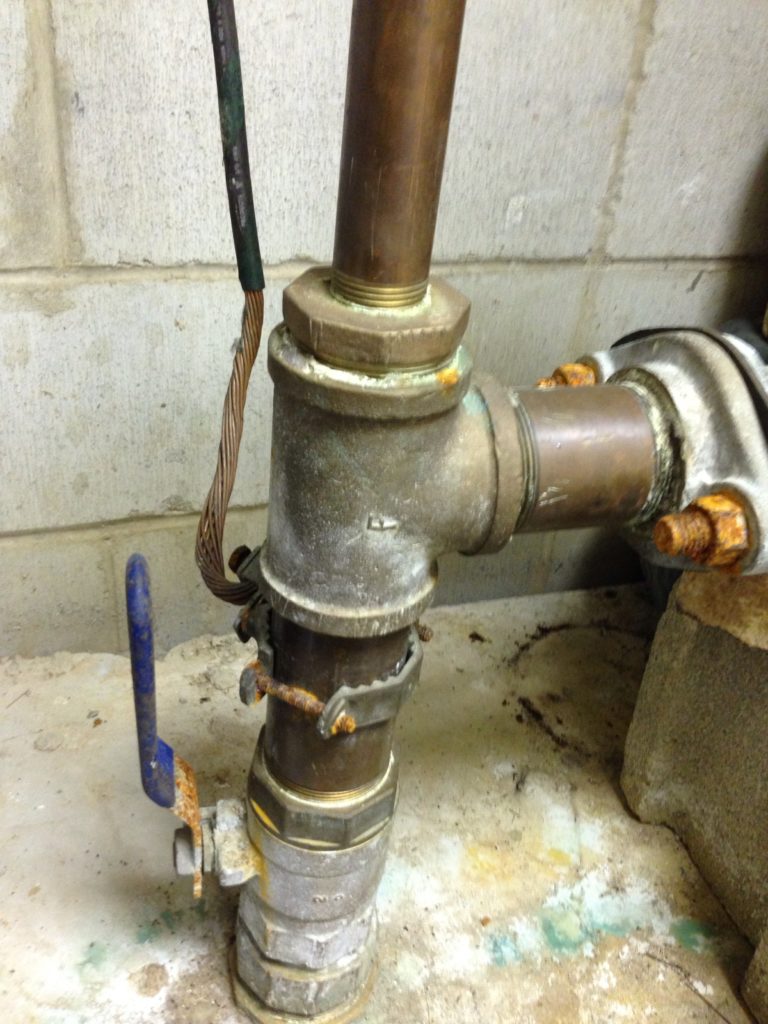
How Proper Heating Helps Winter Plumbing Issues
Imagine this: You have prepped around your home to keep your pipes safe, but when you go to turn the heater on and protect yourself from the winter cold, it doesn’t work. You’re left with your vents blowing out cool air instead of the heat you want. How does this affect your plumbing?
If the cold temperatures start to affect the inside of the home to the point you are unable to warm it up, just think of what it is doing to the pipes. You can’t just turn off the water because you need it for showers, dishes, and any other chores you may have to do. But with cold weather reaching inside your home, it can do a number on your pipes.
Repairing your heating means you get to keep your home at a warm, comfortable temperature and keep your pipes from experiencing serious issues. There are still some issues that you may encounter, but having a skilled plumber look at the system before the weather gets cold is one way you can help the situation and avoid even more damage.
What to do if your water pipes freeze?
If you turn on your faucets and nothing comes out, the water in your pipes is probably frozen. You may be able to thaw a frozen pipe with the warm air from a hairdryer. Make sure the faucet is open, and never stand in water while operating an electric appliance. Do not use a blowtorch or any open flame to thaw a pipe, to prevent fires.
If your water pipes have already burst, turn off the water at the main shut-off valve in the house. Leave the water faucets turned on. Again, make sure your family members know where the water shut-off valve is and how to operate it. Then call a plumber to help.

